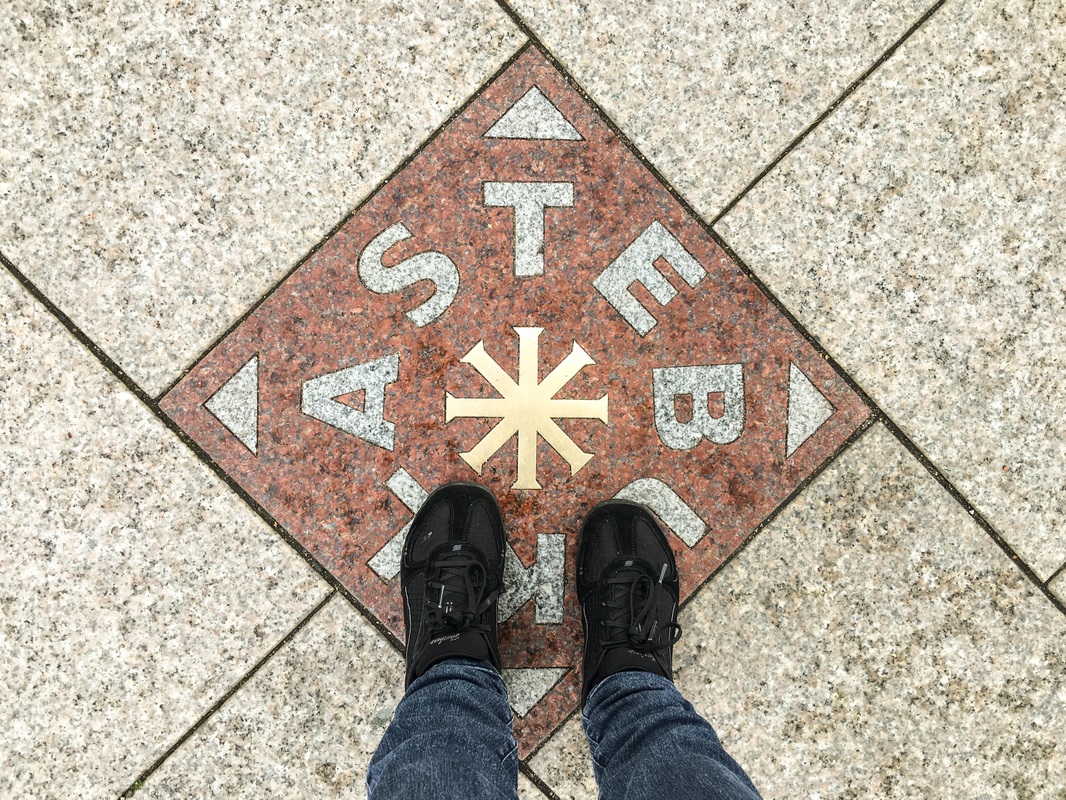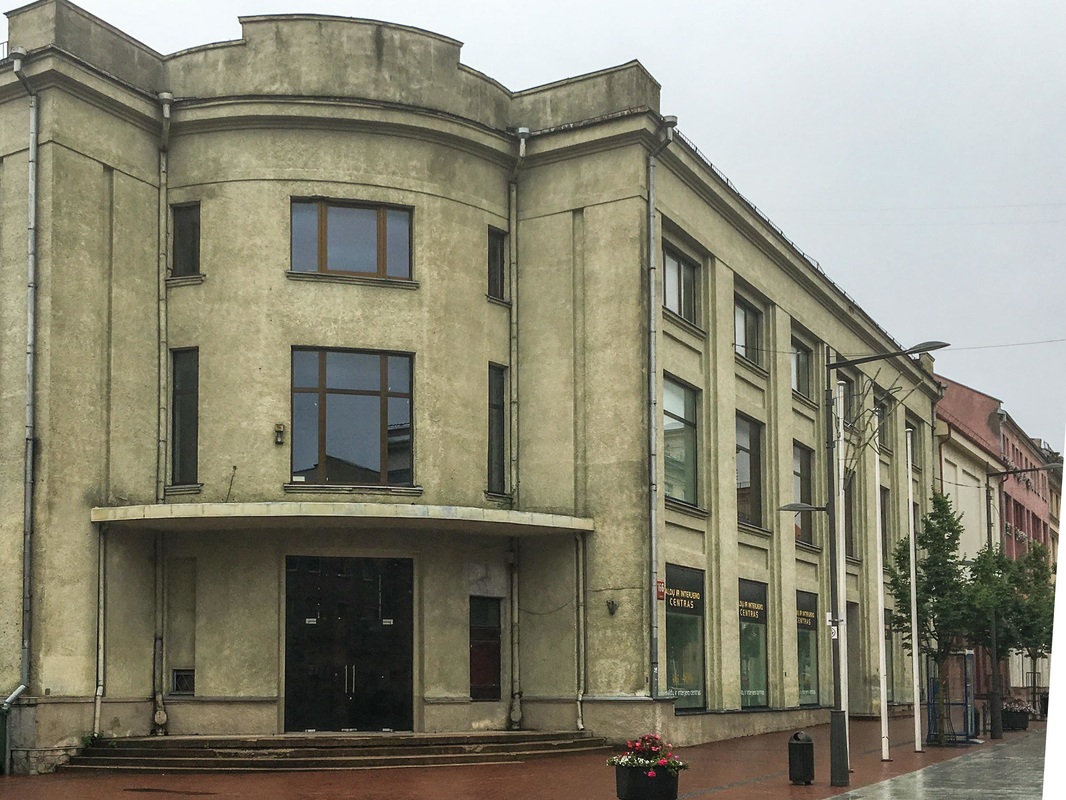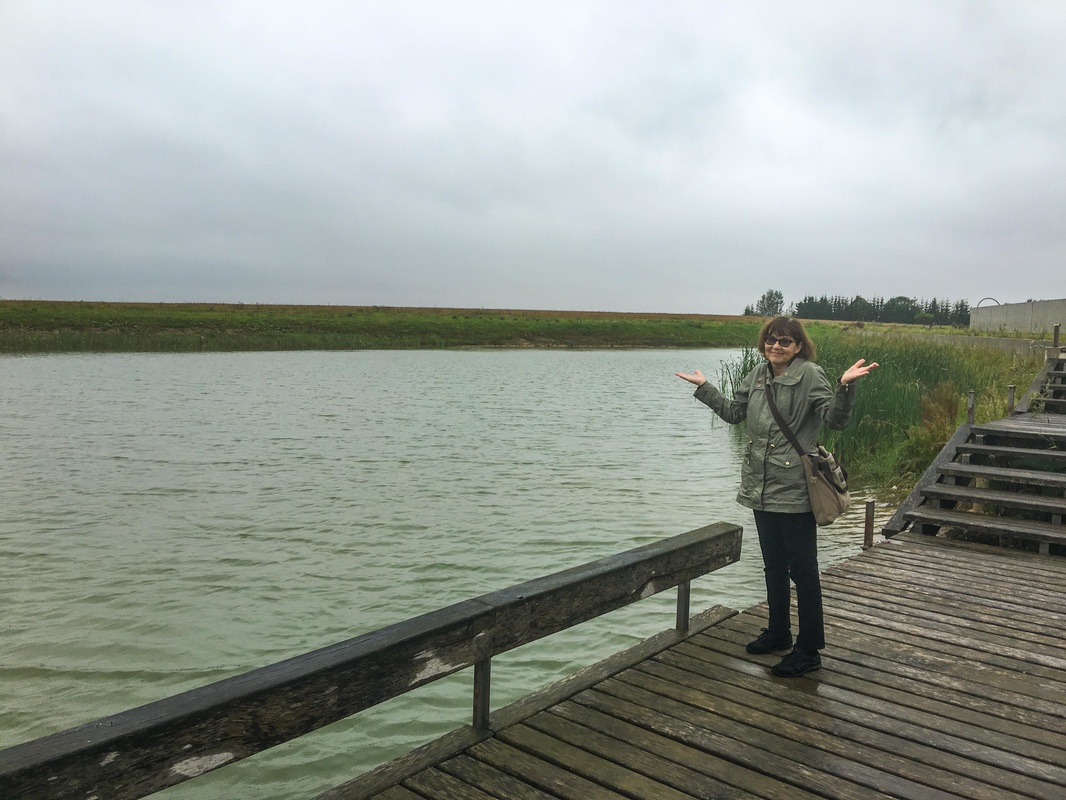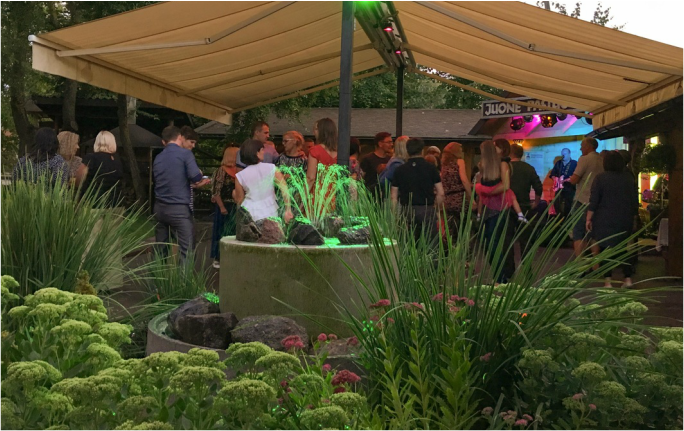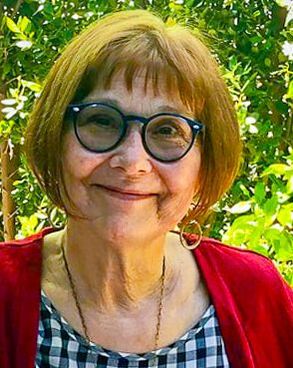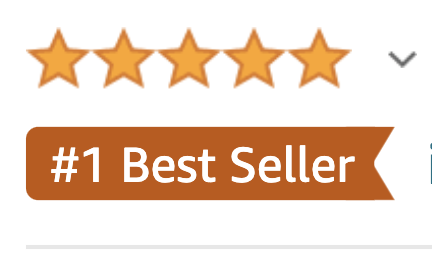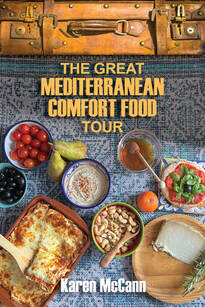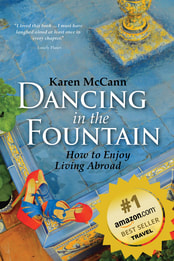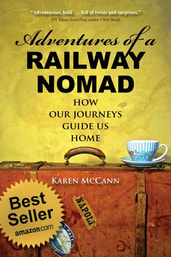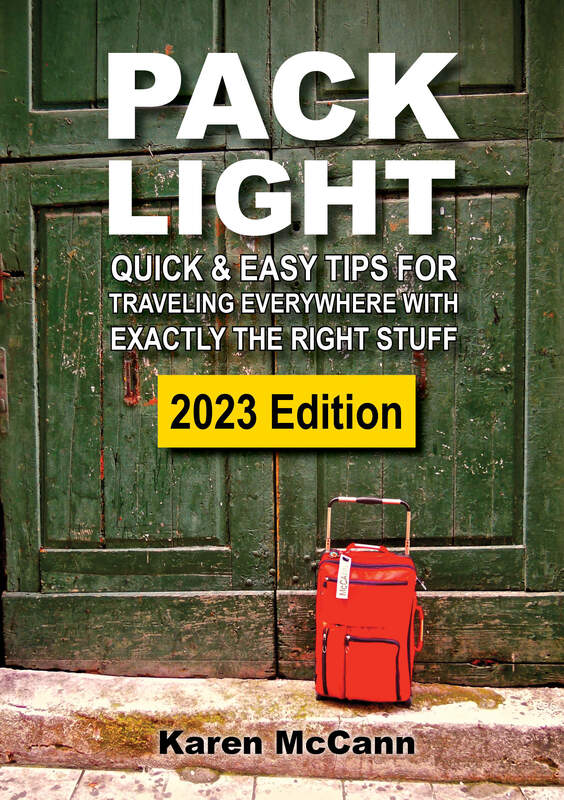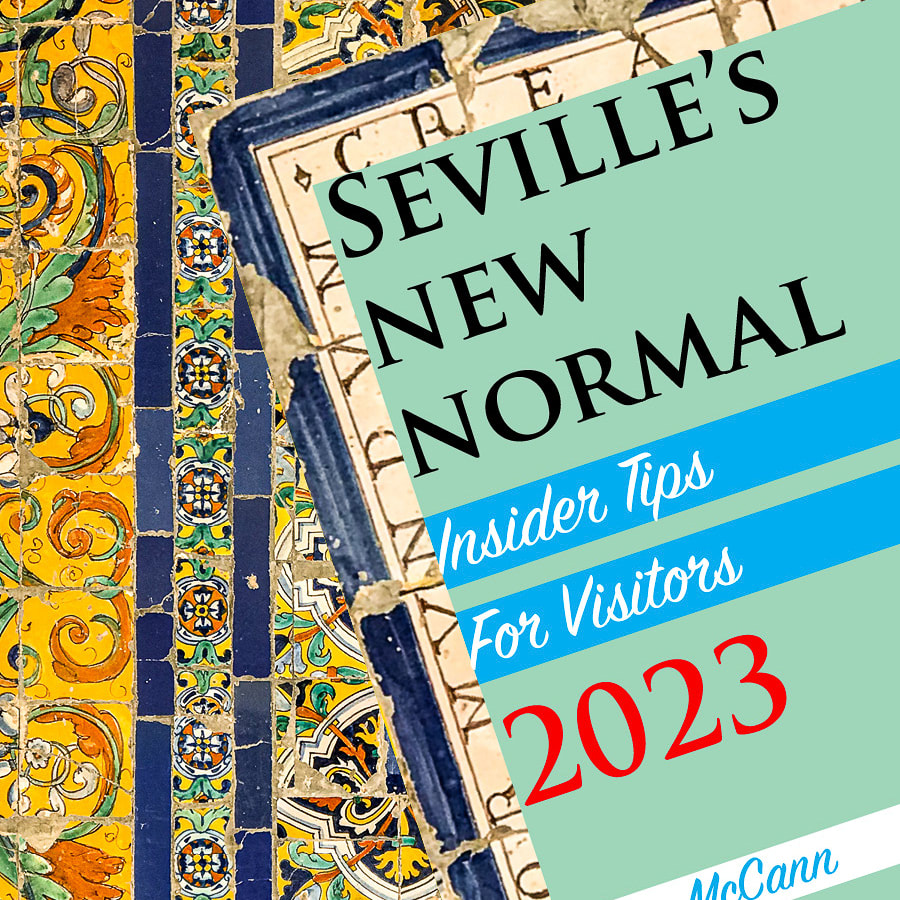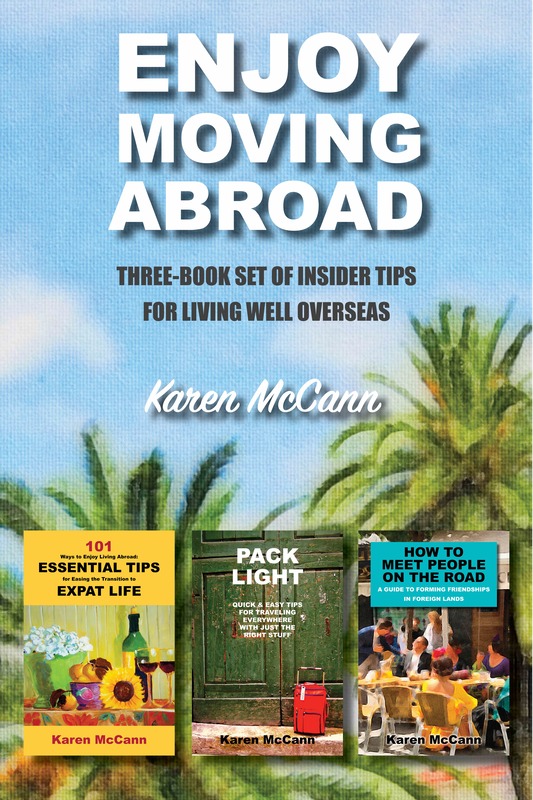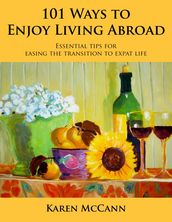|
According to local legend, the Miracle Tile of Vilnius, Lithuania has the power to make wishes come true. Some say you have to stand on it, twirl around three times, jump in the air, and clap your hands to get your wish. Others suggest this tradition was started mainly to provide the locals with a little innocent amusement and has nothing to do with getting what you ask for. I’m not going into all the details of my experience but suffice to say that if you’ve been fretting about the long-term viability of the planet's ecosystem, you can relax; it’s sorted. You’re welcome. The Miracle Tile also marks one end of the longest human chain ever assembled. On August 23, 1989, two million people in Estonia, Latvia, and Lithuania — one quarter of the population of those three countries — joined hands in a 420-mile line running from Tallinn, Estonia through Riga, Latvia and ending (or starting, depending on your perspective) right on the Miracle Tile of Vilnius. The men, women, and children in that long line were protesting Soviet occupation, which had recently been revealed as the illegal result of secret protocols in the Molotov–Ribbentrop Pact between the Nazis and Stalin, who reached a clandestine agreement allowing Russia to occupy the three Baltic countries. This revelation provided legal justification for dismantling Soviet authority in the region, and on that day in 1989, two million people braved the wrath of a superpower to stand up for their freedom. By 1991 they had it. Was this the Miracle Tile at work? I’ll leave that for you to decide. For some in the Lithuanian capital, freedom from the Soviets was only the beginning. On April 1, 1997, the residents of Užupis, a small, bohemian district tucked inside a loop of the Vilnia River, declared themselves the independent Republic of Užupis. They have their own flag, currency, constitution, president, anthem, and an army of 11 men; if you go there, you can have your passport stamped. The Republic of Užupis isn’t recognized by any official government, and no one (including, I suspect, the ringleaders) is quite sure where on the serious to tongue-in-cheek spectrum the whole enterprise falls. One of the projects that brought the group together was convincing the city to enliven the landscape with a statue of the outrageous musician Frank Zappa. Saulius Paukstys, who spearheaded the movement, faced considerable resistance from authorities. "They said: 'What has he got to do with Lithuania anyway?' We said: 'Nothing really.' Then someone convinced them that Zappa had Jewish features and seeing as Jewish history is very important to Lithuania, they plumped for that." The residents of the Republic of Užupis are mostly artists, and playfulness and creativity are some of the tiny republic’s most cherished ideals. The constitution, drafted in a local bar, is a treat to read. Here are some of my favorite provisions: Everyone has the right to make mistakes. A dog has the right to be a dog. A cat is not obliged to love its owner, but must help in times of need. Everyone has the right to die, but this is not an obligation. Everyone is responsible for their freedom. As the republic’s first president, Roman Leleikis, explained at the time, “We’re trying to energize a community by asserting our independence. It’s very different from the independence gained in ’91, but we’re trying to foster the same spirit so that people can make things happen for themselves. That’s a trait they lost through 70 years of oppression.” Today, the people of Vilnius are making things happen for themselves, and one way they’re doing it is through the sharing economy, with peer-to-peer transactions that link neighbors to neighbors, visitors to locals. You can rent lodgings from Airbnb, get around town with Uber or in a City Bee car, and now, thanks to the entrepreneurial spirit of a local chef named Ruta, you can share a meal in a private home via EatWith. Rich and I signed up to go to Ruta’s home for a dinner made from homegrown vegetables and herbs, berries picked in the forest in the Baltic tradition, and seasonal ingredients from the market. Ruta’s training began in her grandmother’s kitchen. “For me, cooking became a way of making people happy,” she told us. “When I heard about EatWith, I knew I had to convince them that I should be part of that here in Vilnius.” The screening process was rigorous, but Ruta persevered and became the first — and so far, the only — EatWith host in Lithuania. 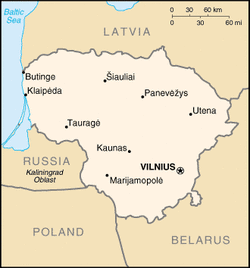 The dinner was delightful. Rich and I lingered long at the table with Ruta and her husband, Vidmantas, discussing everything from the state of the world to the ingredients in each mouthwatering morsel on our plates. As I dipped my spoon into the homemade coffee mousse, I thought about all the years of my childhood when I had stood in terror of the USSR and wished with all my heart that the Iron Curtain would come down. I don’t know how much of the credit belongs to the Miracle Tile, but however it happened, I am still astonished and deeply grateful that the Baltic States are enjoying their freedom, and I hope they will hold on to it for a very long time to come. Soon we'll be wrapping up our time in the Baltic States and heading south into Poland to start the second half of our trip. To date we've covered 2976 km / 1849 miles, mostly by train with a few ferries and the odd bus thrown in. Highlights have included zany Amsterdam, the German city of Lübeck on the edge of the Baltic Sea, the Stockholm disaster, the new foodie mecca of Helsinki, Finland, futuristic Estonia, and a surprisingly kookie visit to Riga, the capital of Latvia. We spent a few days in the Latvian countryside, in the small town of Kuldīga, then headed south to Šiauliai, Lithuania, where there appeared to be nothing to do — until there was too much to squeeze in. We're currently in Vilnius, the Lithuanian capital. To follow our adventures as they unfold, subscribe to my blog, like my Facebook page, and keep checking the map of our journey.
12 Comments
“I think we’ve finally found it,” I said to Rich. “A town where there is literally nothing to do.” We were dragging our suitcases from the train station toward our hotel, walking past endless bland apartment blocks, unrelieved by a single shop, café, or even newsstand. After the dizzying mix of zingy modernity and storybook charm we’d encountered in other Baltic towns, Lithuania’s Šiauliai (it’s pronounced Show-lay and means “sun”) seemed desperately drab. 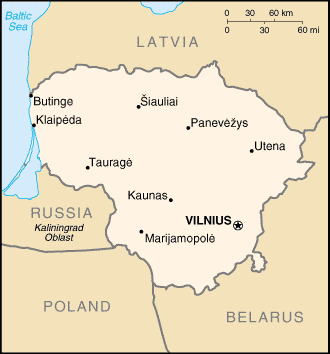 “Remind me again why we came here,” Rich said. As usual, we’d decided to break a long train ride — in this case, from southern Latvia to the Lithuanian capital, Vilnius — with a two-day stopover that would offer us a glimpse of local culture. But why had we picked Šiauliai in particular? “There’s a Chocolate Factory,” I recalled. “And the Cat Museum.” Rich rolled his eyes and bent down to check on the duct tape that was unraveling from the bottom of his suitcase. Two hours later we were sitting at a sidewalk café table on the main pedestrian street, flipping through folders from the tourist information office and trying to juggle our schedule to fit in everything we wanted to do. “Let’s go to the traditional Lithuanian kosher dinner at Chaim Frenkel’s Villa this evening,” I said. “Then we can catch the music at Juone Pastuoge tomorrow. I just hope we’re not too tired after visiting the Hill of Crosses and the Battlefield of the Sun. Do you think we’ll be back in time to catch the fado concert?” The Cat Museum had long since been jettisoned from the agenda, but Rich was still standing firm on the need to visit the Chocolate Factory. I was more interested in seeing two nearby sites where spectacular acts of rebellion had taken place. For this we had to hire a taxi and drive twenty minutes out of town to the marshy banks of a river where in 1236 a small band of Lithuanian pagans turned back the tide of the Baltic Crusade. The Pope had sent the German warrior-monks known as the Livonian Brothers of the Sword to take over the region for the Church. The Brothers didn’t think the Lithuanian pagans would put up much resistance, and when they encountered a small band blocking them at a river forge, they didn’t even bother to engage. Reluctant to risk their horses in the swampy ground, even more disinclined to fight on foot, they simply made camp and went to bed, no doubt hoping the pagans would give up and go away. The Lithuanian pagans, delighted with this stroke of luck, spent the night mustering every man and javelin in the region, surprised the Brothers with a morning attack, and defeated them soundly. This upset victory, known as the Battle of the Sun, galvanized other rebellions, and helped launch the vast and powerful Grand Duchy of Lithuania that lasted centuries and reached from the Black Sea to the Baltic coast. When we pulled up at the site, our driver looked at us and shrugged. The spot may have been historically significant but visually it was pretty underwhelming. The Hill of Crosses proved to be considerably more photogenic. Locals began placing crucifixes here after the unsuccessful 1831 Uprising staged by young army officers rebelling against Tsarist Russia. The bodies of rebels who perished weren’t returned to the families, so to mark their passing, relatives put up wooden crosses on the site of an old hill fort. The tradition continued during the 1863 Uprising, the War of Independence, the first Soviet occupation, the Nazi occupation, and the second Soviet era which lasted from 1944 to 1990. The Soviets bulldozed the site three times, burning the wooden crosses, tearing apart the metal ones, crushing the plaster and concrete statues. Each time, the locals snuck back, cleaned up the site, and put up more crosses and other religious images. Rumors of the appearance of the Blessed Virgin in the 1960s only increased the site’s popularity, annoying the Soviets even further. Today there are hundreds of thousands of crosses, and pilgrims visit from around the world. The gift shop was doing a brisk business in wooden crucifixes hand carved by local craftspeople, and we saw several small groups of pilgrims climbing the hill to add theirs to the staggering collection. Šiauliai’s rebellious spirit isn’t much in evidence today. The city lost its architectural vitality during World War I, when fire destroyed 85% of the town and rebuilding was more practical than aesthetic. Although there’s a sizeable university, we saw very few tattoos or piercings, little graffiti, and not a single dive bar. The whole place seemed downright upright. But that doesn’t mean it was dull. Last night, we went to the popular open air music hall Juone Pastuoge to hear what was billed as “country music.” We spent the entire evening trying to decide if we were hearing American country-western music sung in Lithuanian or traditional Lithuanian folk tunes performed with a Nashville beat. No matter. The crowd was cheerful, little kids darted around underfoot as families and groups of friends dined at long tables, and couples, including us, took to the dance floor. It was one of those rare occasions when the world reminds you that you really are exactly where you should be, doing exactly what you’re supposed to do, living life as it’s meant to be lived. 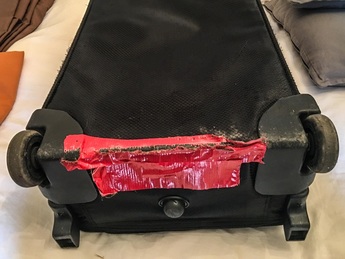 Of course, our visit to Šiauliai didn’t really peak until the next morning, when Rich finally made it to the Chocolate Factory. I stayed behind to work on this post, and a few minutes ago he returned with some of the most outstanding chocolates I’ve ever eaten, the kind that are freshly made from natural ingredients and aren’t even pretending to worry about fat content or what they’re going to do to your waistline. “I love this town,” I said, when I could speak again after the bliss of the first truffle. “There is just no end to the fun things to see and do here.” IN A FEW DAYS WE'LL REACH THE HALFWAY POINT OF OUR JOURNEY. We're spending 3 months on trains and ferries, with an open itinerary and small (slightly frayed) suitcases. Distance covered so far: 2790 km / 1734 miles. Highlights have included zany Amsterdam, the German city of Lübeck on the edge of the Baltic Sea, the Stockholm disaster, the new foodie mecca of Helsinki, Finland, futuristic Estonia, and a surprisingly kookie visit to Riga, the capital of Latvia. We spent a few days in the Latvian countryside, in the small town of Kuldīga, then headed south to Šiauliai, Lithuania. To follow our adventures as they unfold, subscribe to my blog, like my Facebook page, and keep checking the map of our journey. |
This blog is a promotion-free zone.
As my regular readers know, I never get free or discounted goods or services for mentioning anything on this blog (or anywhere else). I only write about things I find interesting and/or useful. I'm an American travel writer living in California and Seville, Spain. I travel the world seeking eccentric people, quirky places, and outrageously delicious food so I can have the fun of writing about them here.
My current project is OUT TO LUNCH IN SAN FRANCISCO. Don't miss out! SIGN UP HERE to be notified when I publish new posts. Planning a trip?
Use the search box below to find out about other places I've written about. Winner of the 2023 Firebird Book Award for Travel
#1 Amazon Bestseller in Tourist Destinations, Travel Tips, Gastronomy Essays, and Senior Travel
BLOG ARCHIVES
July 2024
CATEGORIES
All
|
